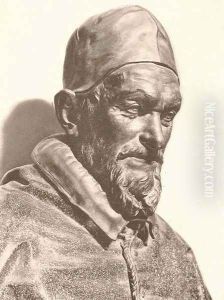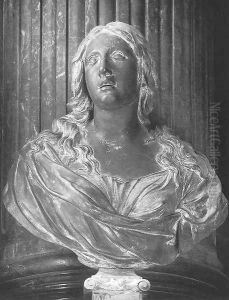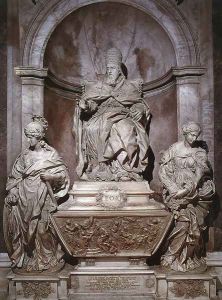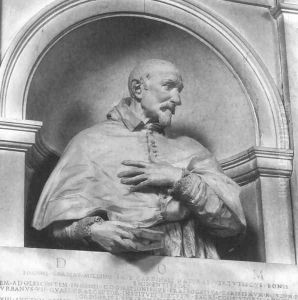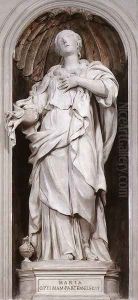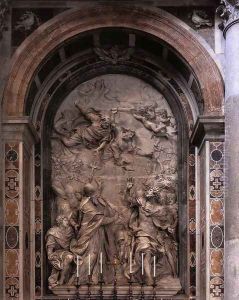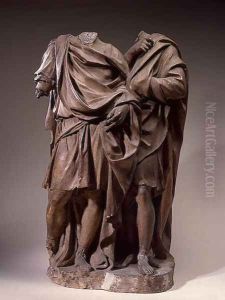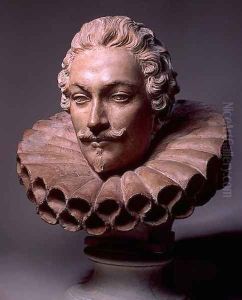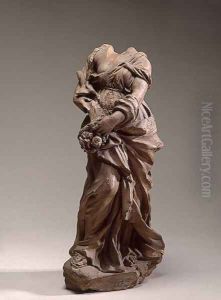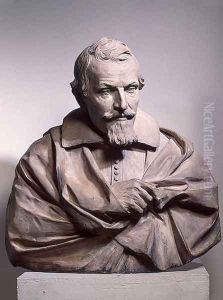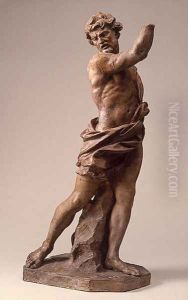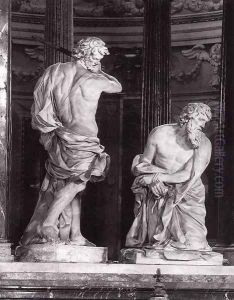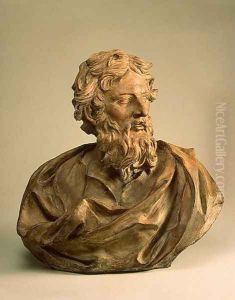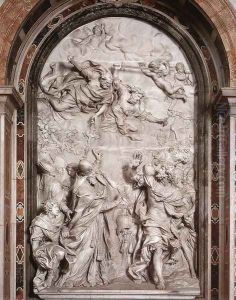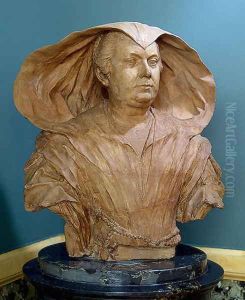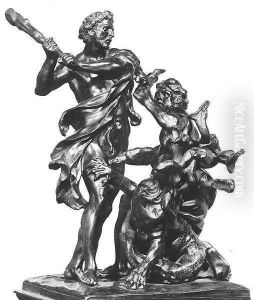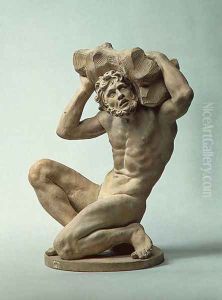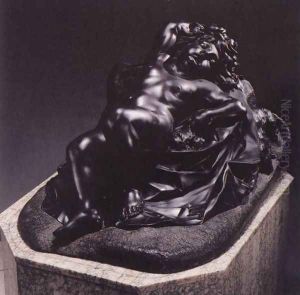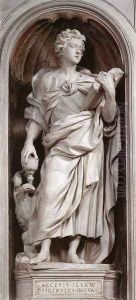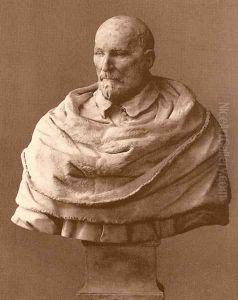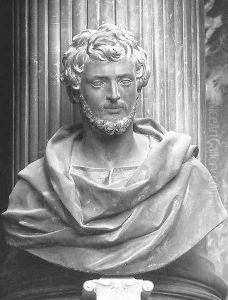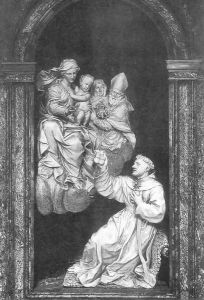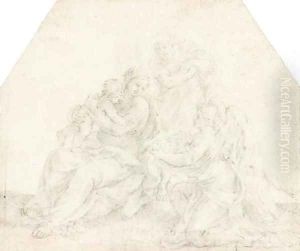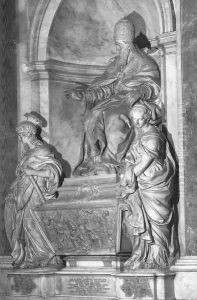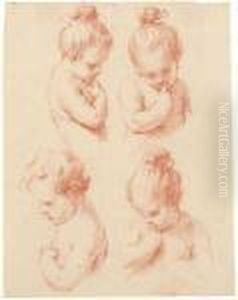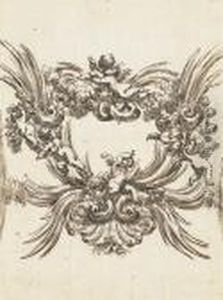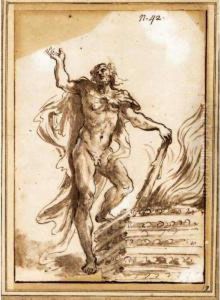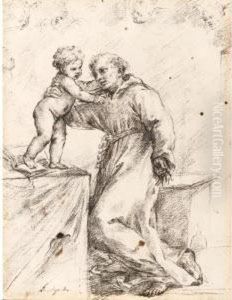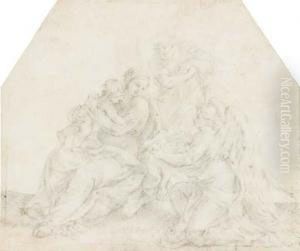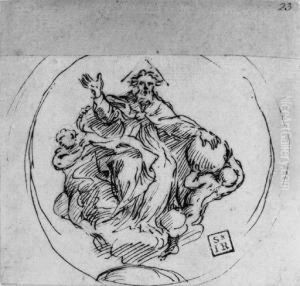Alessandro Algardi Paintings
Alessandro Algardi was an Italian high-Baroque sculptor who was born on July 31, 1598, in Bologna, Italy. He was one of the most important sculptors of the 17th century in Rome, with his work being characterized by its classical style and dramatic expression. Algardi's early training took place in his hometown of Bologna, where he was influenced by the Carracci family of painters and the sculptor Guido Reni. In 1625, he moved to Rome, which was then the center of the artistic world, to further his career.
In Rome, Algardi initially struggled to compete with the dominant figure of Gian Lorenzo Bernini, who was the leading sculptor of the time. However, Algardi eventually found patronage under Pope Innocent X and other high-ranking church officials. He became known for his ability to depict narrative scenes in high relief with careful attention to detail, and his work on altars, tombs, and statues won him acclaim.
One of Algardi's most notable works is the tomb of Pope Leo XI in St. Peter's Basilica, which he completed in the 1640s. The relief sculptures on the tomb demonstrate his skill in conveying complex narratives. Another significant work is the Fuga d'Attila relief, which shows the pope confronting Attila the Hun, a work that is often seen as a counterpoint to Bernini's sculptural narratives.
Algardi's style was characterized by a more restrained and classical approach than that of Bernini, rejecting the dramatic movement and emotional intensity of his rival in favor of clarity and calm elegance. This classical tendency made him a favorite among patrons who were looking for an alternative to the theatricality of the high-Baroque style.
Algardi's influence was significant in the development of Baroque sculpture, and he trained a number of important artists who would carry on his legacy. He continued to work until his death on June 10, 1654, in Rome. Algardi's work is remembered for its contribution to the Baroque movement and its reflection of the transitional period between the Renaissance and Baroque styles, blending a classical sensibility with Baroque dynamism.
